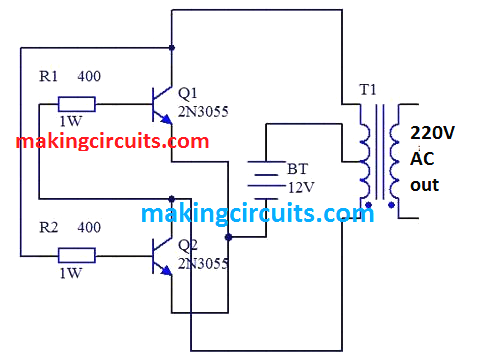
In the saturation region a bipolar transistor is fully on and acts as a closed switch between the collector and emitter pins. Where I C =collector current, β is the current gain specification for the transistor, and I B = the base current.įinally, the emitter current for a BJT is equal to the sum of the base and collector currents: I E = I C + I B Saturation and Cut-off: This gained up current will then flow between the collector and the emitter. The current flowing through the base pin will be gained up by a transistor parameter known as β (beta) or sometimes h FE. Where I C = collector current, I S = reverse saturation current (a known constant on the order of 10 −15 to 10 −12 amperes), and V T is called the thermal voltage which is proportional to temperature (approximately 26mV at room temperature).Ī bipolar transistor operating in the active region also provides current amplification. This relationship is governed by the following equation: I C = I S * exp (V be/V T) Since this base-emitter junction is really just a diode the voltage (V be) will always be close to 0.7V. This is an exponential relationship so the smallest change in Vbe can have a huge impact on the collector current. The voltage between the base and emitter pins (commonly called V be) controls the amount of current that flows between the collector and the emitter. When operating in the active region the transistor acts as an amplifier. In most circuits the emitter of an NPN will be tied to ground (or tied to a resistor that connects to ground), and the emitter of a PNP will be tied to the positive supply (once again possibly through a resistor).Ī bipolar transistor has three regions of operation: Active region: The opposite is true for a PNP transistor where the base voltage must be less than the emitter voltage. For a PNP transistor the current will flow from the emitter to the collector.įor an NPN transistor to be turned on the base voltage must be greater than the emitter voltage.

For an NPN bipolar transistor the current will flow from the collector to the emitter. The N and the P refer to whether the area of semiconductor silicon is doped negatively or positively.įigure 1 – Bipolar Junction Transistors (BJT) (n-type = NPN, and p-type = PNP)Ī bipolar transistor consists of three pins: collector, base, and emitter. A bipolar transistor comes in two flavors: NPN and PNP. Let’s first look at bipolar junction transistors which are so named because they are made of two diode junctions.
#Inverter transistor diagram how to
Get your FREE Ultimate Guide - How to Develop Your New Electronic Hardware Product I don’t want to overwhelm you and it’s critical to start simple and slowly work up to more advanced circuits.

The circuits I’ll cover in this article will be more complex, but they are still all relatively simple circuits. An electronic component is considered active if it allows the device to control the current in other parts of the circuit. An active circuit on the other hand uses more complex components like transistors. Passive components include resistors, capacitors, inductors, transformers, etc. In that article I focused on what are called passive circuits. This is a great place to begin the journey of learning electronics, but ultimately any real-world circuit will be more complex than those discussed in that first article. In my previous article Introduction to Basic Electronics Circuits you were introduced to the simplest, most basic types of electronic circuits. You will learn about the functionality and applications of bipolar-junction transistors (BJT) and field-effect transistors (FET). The circuits I’ll cover in this article are more complex than previously discussed.


 0 kommentar(er)
0 kommentar(er)
